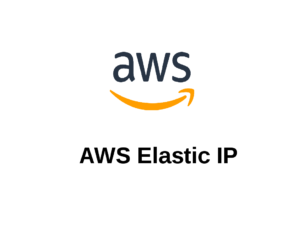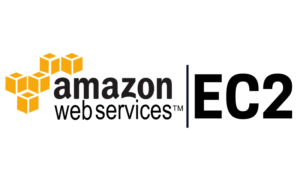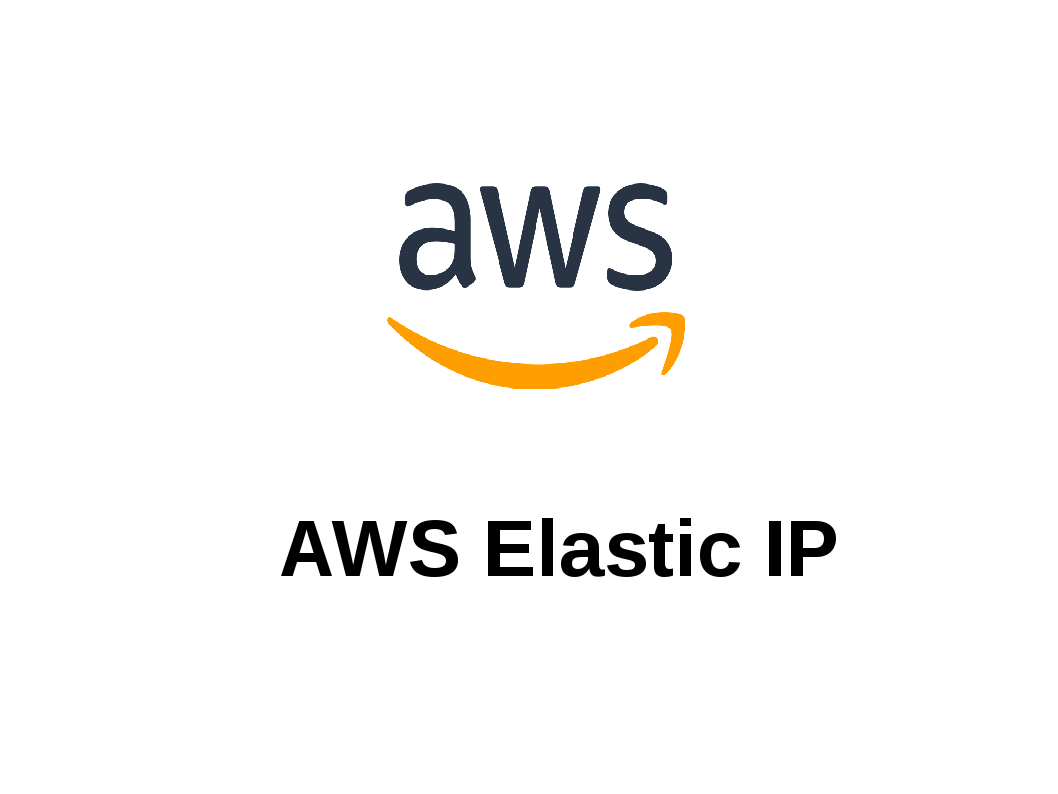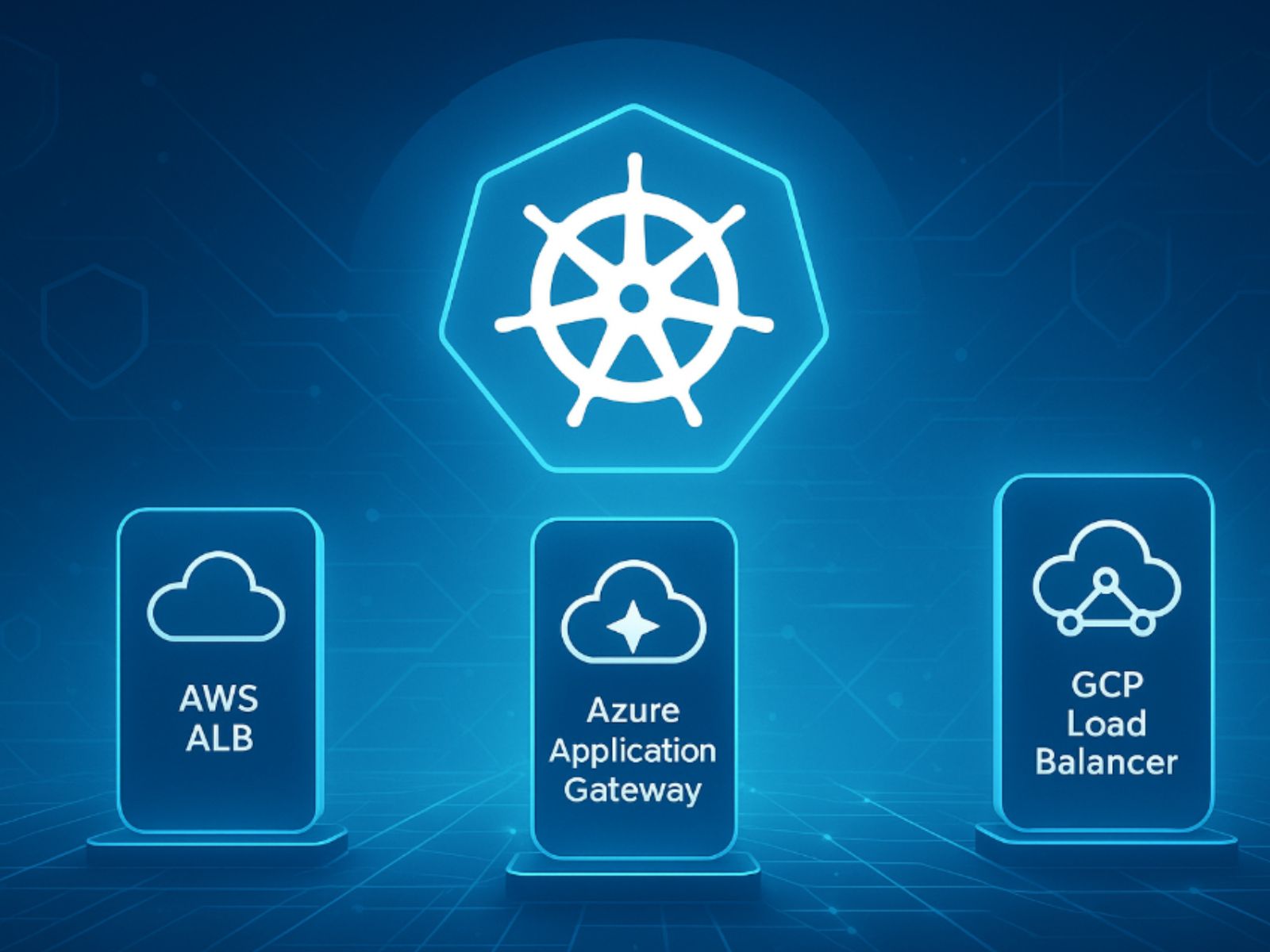In this article, we will be discussing the basics of what an Elastic IP is and how it is priced on Amazon Web Services (AWS). It is a growing innovative feature that many businesses are taking advantage of to protect themselves against any fluctuations in the infrastructure provided by heavy usage. An elastic IP address is an address that will not change in the event of termination. It is reserved and is unique only to you. Therefore, it is considered static and is seen as an upgrade to its predecessor, the Static IP address. Once you have reserved an Elastic IP address, you will find it in your account until you are ready to use it for something.
In this process, you can expect to find charges for the different things you do. Some packages may charge you yearly or longer subscriptions that can be quite hefty. With AWS, you can expect not to face any such charges should you meet their terms of usage. Throughout this article, we shall look at the different conditions that have to be met to avoid you having to pay extra charges to use the service.
The most important one that stands out is avoiding wastage. If you wish to use the service without paying for it, you must eat what you take. You will incur charges if you are wasteful. If you reserve an address and it stays in your account unused, you will incur charges. These might seem small to you at the time, but you will find that these charges can turn into a legitimate expense as your business grows. To avoid this, do not reserve addresses that you do not need yet. You should also avoid constantly remapping these addresses. Make sure you have a plan for every address that you reserve before you do so.
Understanding Elastic IP Pricing On AWS
 Looking at the AWS Elastic IP pricing, you will find that it is not very difficult to understand. What will often be the scenario is that a business or company will have one Elastic IP address that is currently working on a mobile EC2 instance. This will typically happen free of charge. The only situations in which we see that a business is charged for using their Elastic IP pricing charges is when they decide to use multiple Elastic IPS on the same instance. If the instance is halted, meaning that the network facilities no longer support it, you will be able to see that it requires re-mapping. This re-mapping is what will most likely trigger charges on your account. If you re-map your instance over 100 times in 30 calendar days, you will have to pay extra.
Looking at the AWS Elastic IP pricing, you will find that it is not very difficult to understand. What will often be the scenario is that a business or company will have one Elastic IP address that is currently working on a mobile EC2 instance. This will typically happen free of charge. The only situations in which we see that a business is charged for using their Elastic IP pricing charges is when they decide to use multiple Elastic IPS on the same instance. If the instance is halted, meaning that the network facilities no longer support it, you will be able to see that it requires re-mapping. This re-mapping is what will most likely trigger charges on your account. If you re-map your instance over 100 times in 30 calendar days, you will have to pay extra.
If you wish to include extra IP addresses that will not use a running instance, you can expect that the service will charge you on a pro-rata basis. In the scenario that you exceed the amount of 100 times in one month, you will be charged $0.10 for each instance in which you re-map after that. It can get steep if you intend to continue remapping.
To the ordinary eye, you could say that these are meager costs; however, looking at these figures over the course of the year, it becomes a more serious conversation. This is especially pertinent when the business fails to manage its re-mapping and ends up conceding thousands of dollars a year for such a cheap service.
EC2 Elastic IPs

If you understand what this is, you can consider it an IP address specifically for your AWS account. This is a feature which once created, can be used for any desired instance that is available. Once you have dedicated it to an IP address, then it becomes unique only to you. This ability works wonders for organisations that require constant remapping of their servers on a global scale. This differs from your average static IPS that can only serve one unique instance.
When using an Elastic IP, you shall no longer need to allocate an IP address to the instance you want. This means you shall no longer have to face a dynamic IP’s disadvantages when engaging with the cloud. Once done, you can then create and disengage servers at will. You should always beware to avoid ‘short-circuiting’ your instances. Ensure that before you begin to assign a public-facing server to an instance, you have checked that it has been aged. This will prevent excessive and unnecessary traffic from flowing through this server.
How much do Elastic IPs cost?
You will find that this is one of the cheapest services you can get from Amazon Web Services. If you are a diligent and well-prepared programmer, you can end up paying absolutely nothing for this service. You will only be required to honour the number of EIP you have requested to use. If you are wasteful and end up not using some, you will have to pay $0.005 for every hour that you do not use the service. You should also expect charges if you remap your IP address more than a hundred times within 30 calendar days. This is also wasteful; hence, the company encourages consumers to be conscious of using resources.
How do I delete an Elastic IP?
If you have discovered that you no longer need an IP address, you can easily delete it. This will require you to have a schedule and checklist of all the tasks you will need to perform before deleting it. You will need to ensure that it is not directly connected to incoming traffic as this could see your network crash unexpectedly, which could lead to bad user reviews. Your DNS records will be a good place to check for this potential issue. You will need to be conscious that it cannot be undone if you follow through with this process. You will lose that unique IP address forever. Therefore, this decision should be taken very consciously.
To delete the address, here are the steps you can follow.
- You will need to ensure that the Elastic IP has been disengaged from all DNS entries.
- You can only perform this after at least 24 hours as this will ensure traffic in the system has halted to a complete zero.
- You will now want to check that the flowing traffic through that IP address has been successfully redirected and is up and running. There would be no point in deleting an address when you have not yet planned for its absence.
- You may now safely delete the IP address without any hassles. To do this, you will need to follow this sequence (Clouds > AWS -> Elastic IPs). Allocate about 5 minutes of waiting time before you expect to see any results. This is the normal waiting time to delete an address.
AWS: Unused Elastic IP charges
To make this short and straightforward for everyone to understand, certain conditions must be triggered for you to experience charges from Amazon when using their service.
You will not incur any charges if
- Your Elastic IP address has been reserved and USED. Suppose you are to reserve an IP address and fail to use it, i.e., allocating it to an instance. This is a wasteful practice that the company seeks to avoid.
- Your Elastic IP address is running. You are to ensure that apart from the Elastic IP being associated with an instance, it must also be running. It is important and good practice to have all the information prepared before you reserve an instance. In this way, you will be able to get it running once you have reserved it successfully.
- Remember you do not want to overload the system; therefore, even if both have a relatively low traffic, you must still never allow it to be connected to more than one Elastic IP address. It may seem like an efficient way to cheat; however, there is no need for this. The addresses are free, and one can access them easily.
If you breach any of these, then you will be expected to pay the following charges.
$0.10 per elastic IP address.
Filter Button
If you are looking to add a service that can provide you with a not entirely rigid structure, you can consider getting VMware Cloud on AWS. This is one of the more popular options with an intact infrastructure that also supports the user. Bigger operations need to have a service provider that comes with a reliable and entire infrastructure. Many IP addresses can have more than a million hits flowing through them at any given time. It is, therefore, important that your service provider can manage this without any hassle.
To fully make use of this, then you will be expected to pay a subscription. This can be obtained as part of a one-year deal that will be paid upfront. This package will cost you about $52k a year. This is quite a steep price, especially if it must be paid upfront. If you opt for a longer 3-year deal, then you will be looking at about $110k for all three years. It is therefore substantially cheaper to pay for three years. If you choose this package, then you will also be allowed to make use of financing services. This means you will be allowed to pay monthly or yearly. This option is for a more serious and well-funded operation. You will need to reduce all wastage to avoid hefty costs whilst making use of the software.
Things to note
- There are discounts to longer subscription periods.
When dealing with AWS or other cloud hosting services that offer Elastic IPs, you will find that you can save up to 50% if you choose a long-term package with them. An example of this is that if you choose to subscribe for over three years rather than just one year, you will be offered the opportunity to pay monthly instead of a lump sum upfront. The amount you are expected to pay over the three years will be substantially lower than the one year you pay in conjunction with this. This makes it important that you are well researched on what the service you choose can offer you.
It becomes costly to try out different services whilst looking for the best one. It is a much better practice to choose one in advance and stick with it for the long term. Therefore, if you choose to go for an on-demand 1-year package, you will pay more. If the budget is allocated to you permits, this is a good route to take because you can test out one software and then move to another should you feel it is not adequate.
- Requests Logging
When you exceed the number of requests possible, i.e., 100%, you will force the proxy to handle fewer requests every second. 700 will become its limit. This is important knowledge for people who require more requests per second. I.e., the bigger companies that have a large amount of traffic flowing through them. If you do not have this much traffic, you will not need such a powerful infrastructure at your disposal and therefore opt for something cheaper.
Related Questions
What is Elastic IP in AWS?
This is an IP address that you have specifically chosen and reserved to use when assigning an EC2 instance to a unique zone. It allows you to safeguard your website from going down easily. If the website fails, you are allowed to remap the instance to another IP address immediately. This flexibility makes it possible to manage your IP addresses from anywhere around the world. Globally it offers people greater connectivity and freedom to manage their websites. A static IP address may have seemed more reliable in the past; however, it is prone to easily go down in today’s world. At which point, you will have to pause all traffic and work on the server.
With this option, you can switch the traffic to another pre-determined location. In doing so, you will prevent your users from thinking you have a low-quality website. This is especially important for financial institutions that require their users to perform secure and fast transactions. Errors in such a scenario can lead to disagreements and confusion. This, in turn, can lead to a lack of trust in your business.
What is Elastic IP vs Public IP?
You will find the main difference between a Public IP and an Elastic one is how they behave once you terminate one. You will find that it cannot be relaunched with the same address when you turn off an instance on a Public IP. Rather it is released back to the public, and you can no longer reaccess it. This means it is more permanent than the other options.
When using an Elastic Ip address, you have the option to restart the instance if you feel the need to. It is different from a public IP because the address will remain the same in all instances. You will not be required to get a new address should you terminate the instance. Therefore, Elastic IP addresses have become more popular because they offer the business greater stability than others.
Do I need an elastic IP?
You will want to take advantage of the benefits offered by an Elastic Ip address in the scenario that you want to protect your website from fluctuations in the infrastructure. The companies that provide address infrastructure are also human to an extent. Sometimes they take on too many clients and often need to perform maintenance on their infrastructure. If it overloads and goes down even temporarily, you will be required to react and plan. When using an elastic IP address, you will not need to get a new address to imply because the previous one has been terminated. Although more expensive at times, this option will prevent you from having too much extra work in the case of an emergency.
The basics of Elastic IP addresses
- It might be difficult to wrap your head around at first, but elastic IP addresses are static. This means you can expect them not to change regardless of how much time goes by. They can remain unchanged even in the case of a termination in the process. This makes them hardier than your average static IP address, which in turn is dynamic. This might not be very clear to understand. It is okay. You need to know that the elastic IP address doesn’t change, and the static one does.
- If you intend to use an Elastic IP address, you will need to ensure it has been directed to your account. This process whereby you reserve an IP address from AWS, and then it will sit in your account, ready for use. You mustn’t reserve what you are not going to use immediately. You will be charged a fee for every address that sits in your account unused. Once you have reserved the address, you can then associate it with the instance you require to run your services.
- It would be best to understand that the Elastic IP address is connected to the instance’s primary network interface. This is important to note because if the network goes down, then the instance will not run. This knowledge will come in handy should the technicians need to perform troubleshooting on the infrastructure.
- You can’t use a Public IPv3 address as an Elastic address. This is because when you terminate the public address, it will be released back into Amazon’s catalogue of available public IPv4 addresses. In doing so, then you will no longer be able to access it. It is essential to note this in the case that you have not reserved another for use.
Conclusion
In conclusion, it is ‘free’ to use AWS Elastic Ip addresses. It will cost you practically nothing if you are conscious of how you use the service. If you can be diligent and well planned, then you will always find yourself on the right side of the charge sheet. Ensure that before you approach any service, you are sure that they can provide you with all you need in terms of infrastructure. This will help you to save costs. If you wish to go for another service that is not AWS, you will likely pay much more. You can often slice these costs in half if you are smart about how you subscribe.
If possible, try and subscribe for a longer period. Rather than pay more for less, you can pay less for more. This is only if you can trust that this is the right service to meet your business’s demands. If you are careless about this decision and only go for the cheapest option, then you may find yourself in a long unhappy relationship with your service provider. Make sure to perform your due diligence in understanding this relationship’s costs because it can make or break you over time.
Have you seen our post on ElasticSearch vs Hadoop?



